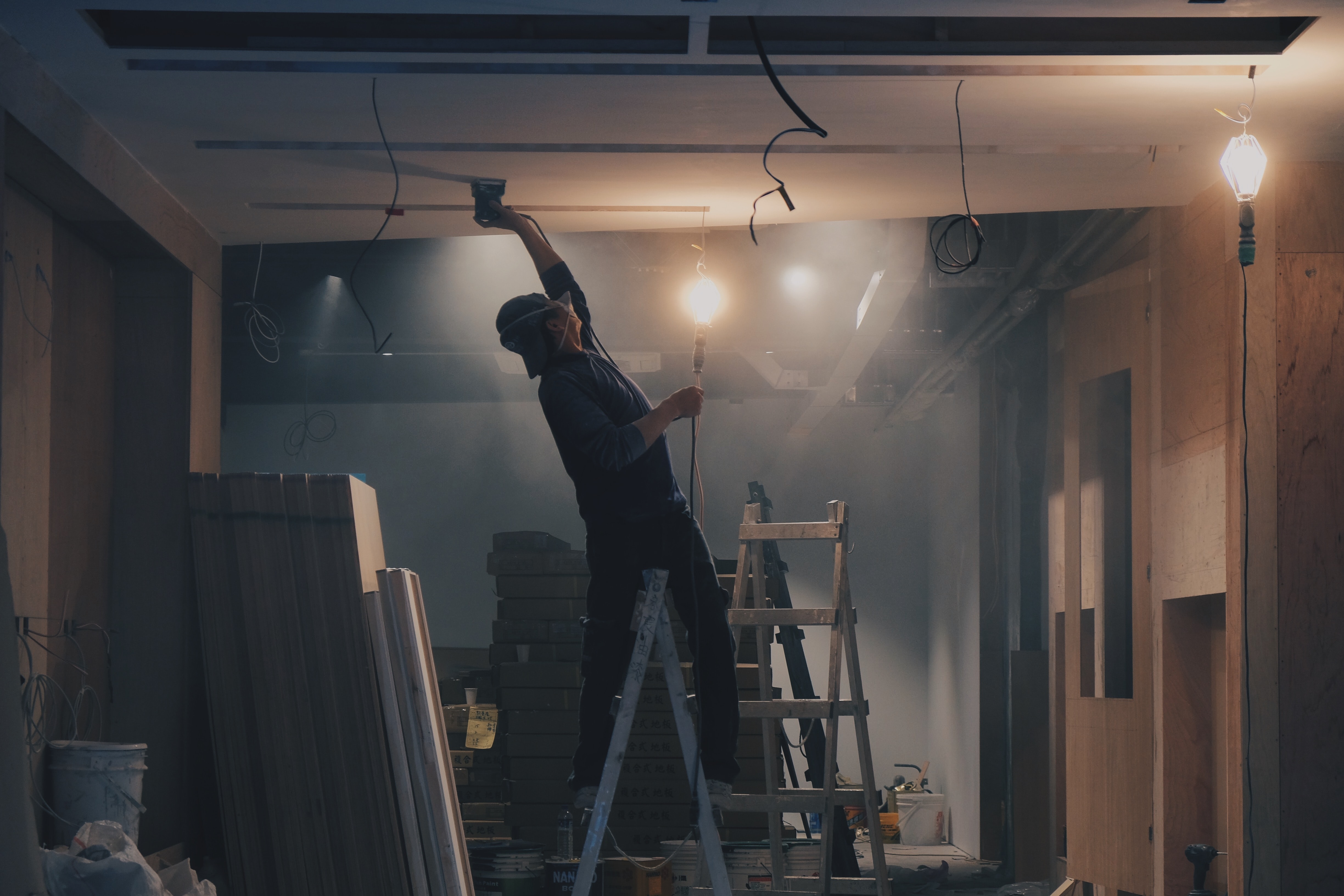
Water damage to a business, regardless of how it happens, can lead to mold growth, costly litigation and financial loss. In addition to direct costs associated with cleanup, material replacement, equipment repair and mold remediation, water damage incidents may lead to significant indirect costs associated with construction delays and business interruptions.
Construction delays, especially those near the end of a project, can result in loss of revenues as well as increased taxes, interest expense, legal fees, inspection fees and marketing expenses.
Take proactive measures to avoid water damage and be fully prepared to take immediate action in the event of a water intrusion.
Common causes of water damage during construction include:
- Improper installation of weatherproofing, waterproofing and moisture barrier systems on the exterior skin of a building
- Poorly glued connections on plastic pipes or improperly sweated copper pipe connections
Supervisory personnel are typically responsible for implementing all water intrusion prevention methods, such as work practice/administrative controls and engineering controls. Supervisors should also ensure that all weatherproofing/ waterproofing installations adhere to the building plans, manufacturers’ specifications, industry standards, and all relevant building codes. Every business should have water damage prevention plan (WDPP) that includes a quality control plan for plumbing connections and fittings.
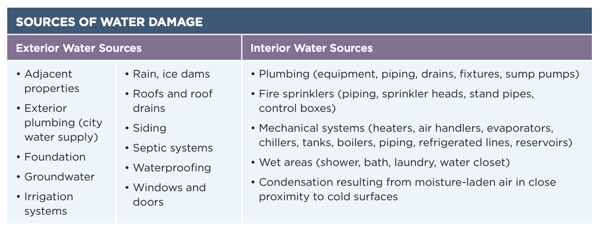 Source: https://s0.hfdstatic.com/sites/the_hartford/files/preventing-water-damage-during-construction.pdf
Source: https://s0.hfdstatic.com/sites/the_hartford/files/preventing-water-damage-during-construction.pdf
Worksite inspections should verify that:
- Water accumulations from rain and groundwater are not migrating into the building
- All door and window openings are covered at the end of each work shift and prior to inclement weather
- Water lines and mechanical equipment are protected from freezing
- Sprinkler or plumbing lines that are pressure tested with water are drained immediately following the test
- Standpipe valves are closed
- Roof drains are not blocked with leaves or debris
- Sink drains are not clogged
- Storage areas are dry and well ventilated
- Materials are raised off the floor by pallets for storage
When it comes to protecting properties undergoing construction from water damage, most business owners assume their commercial policies will provide adequate coverage. This is not always the case, and means that making dedicated protection may be required. If you want to learn more about your insurance options to protect you against damage caused by construction projects, contact us.
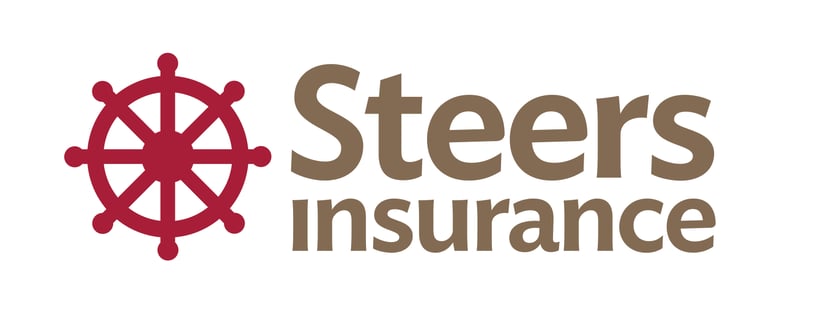

 ;
;
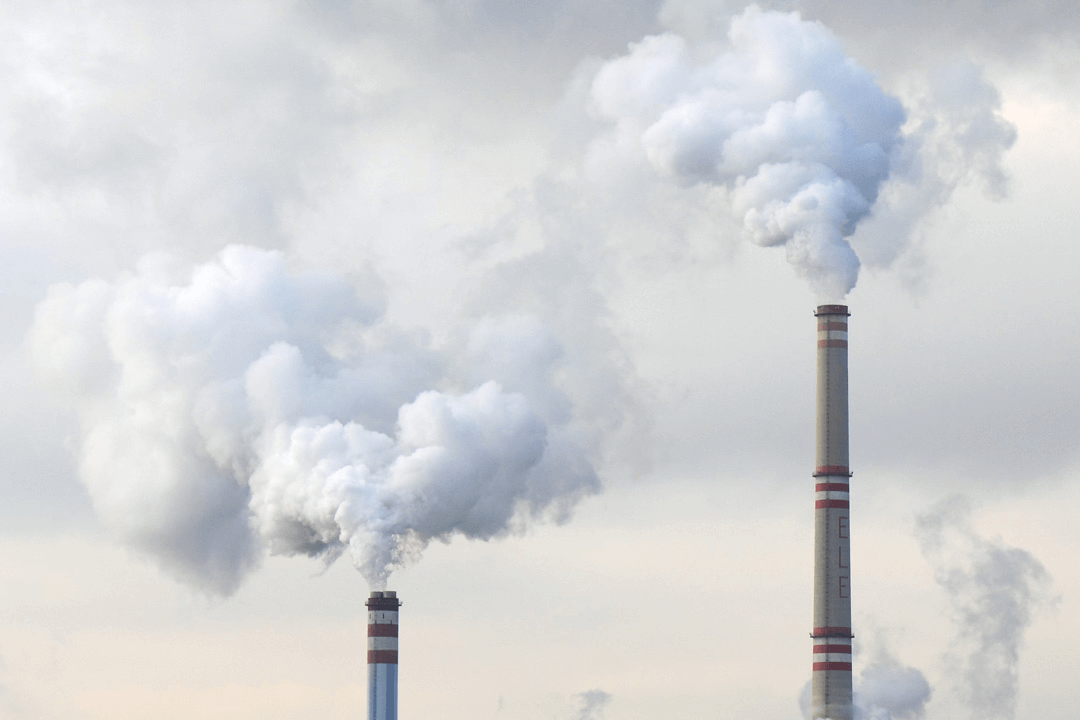 ;
;
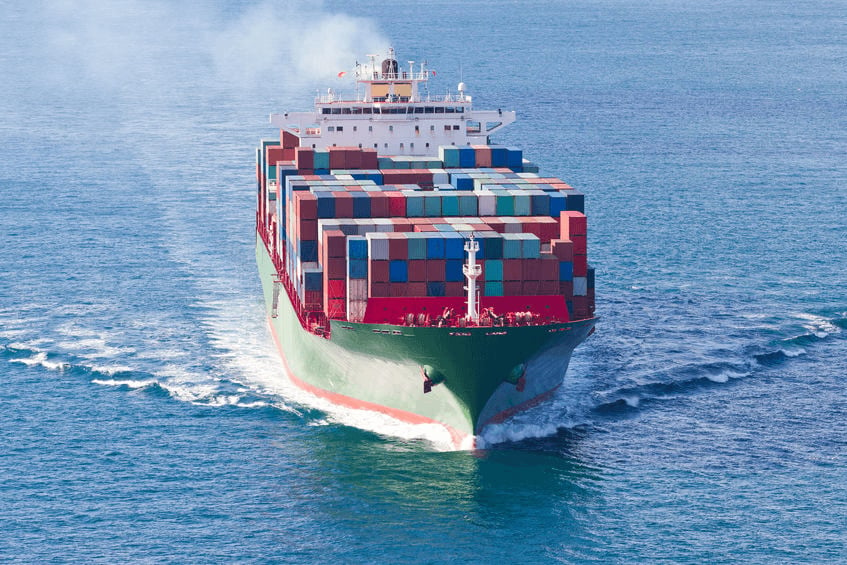 ;
;
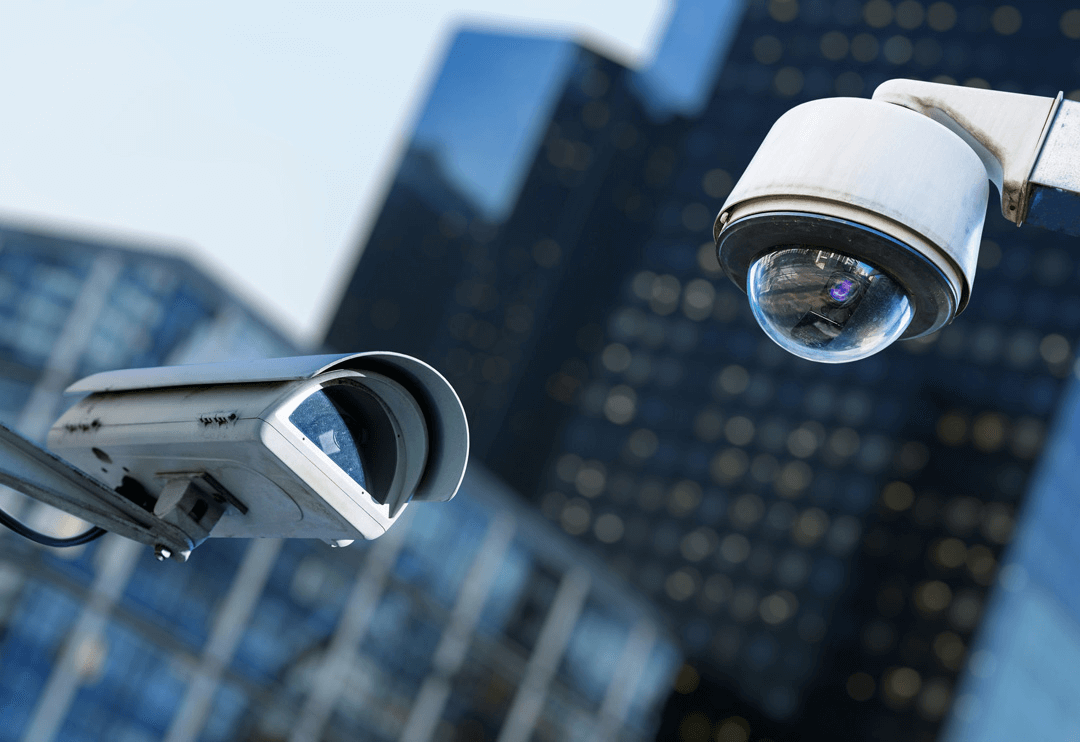 ;
;
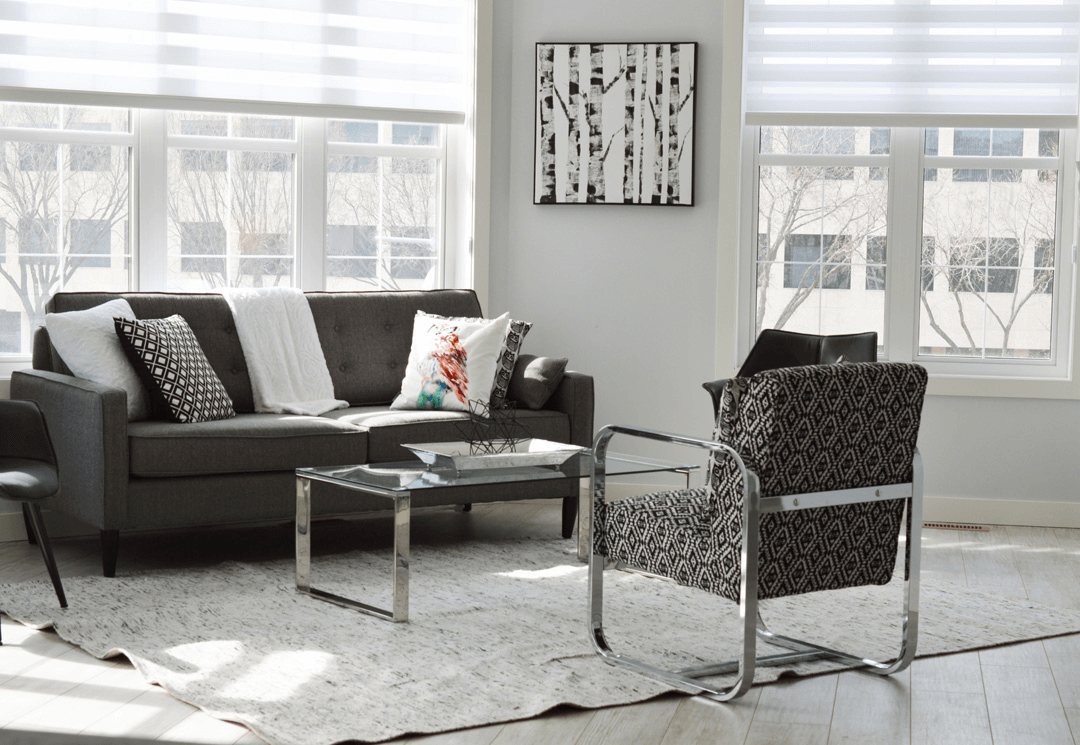 ;
;
 ;
;
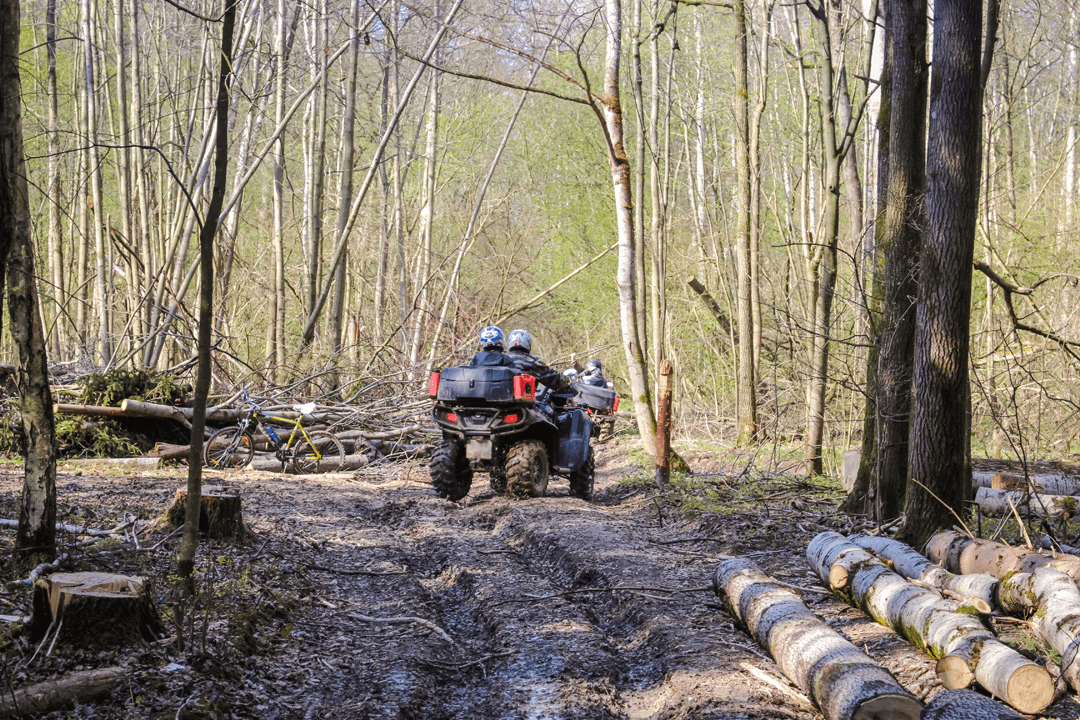 ;
;


